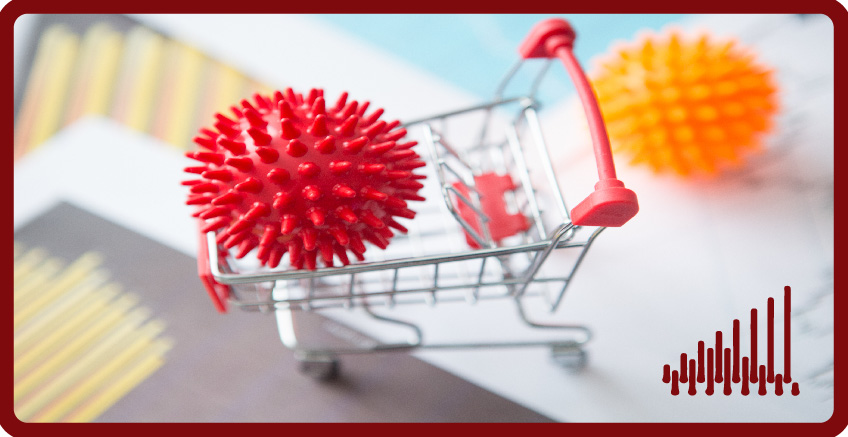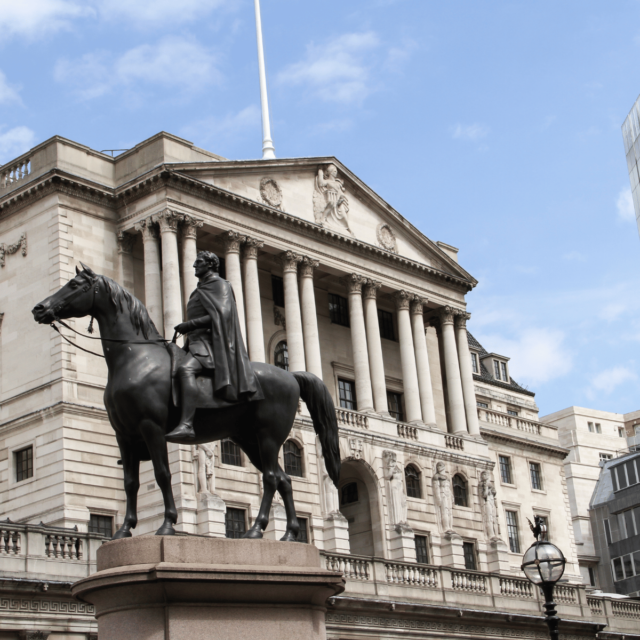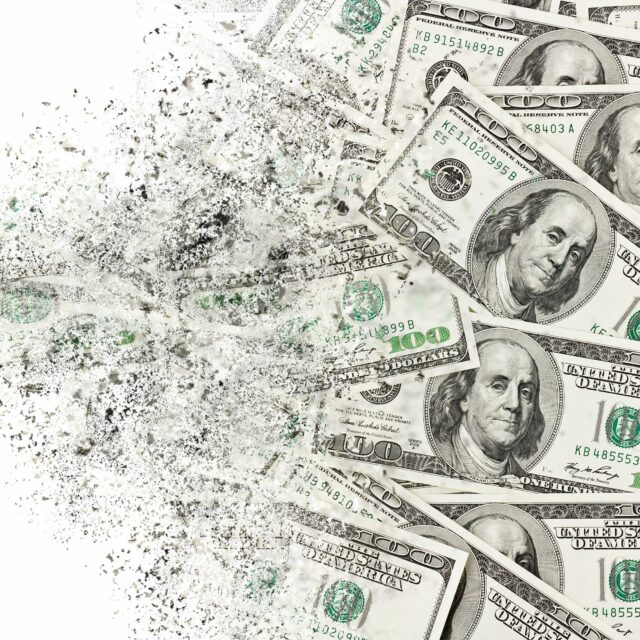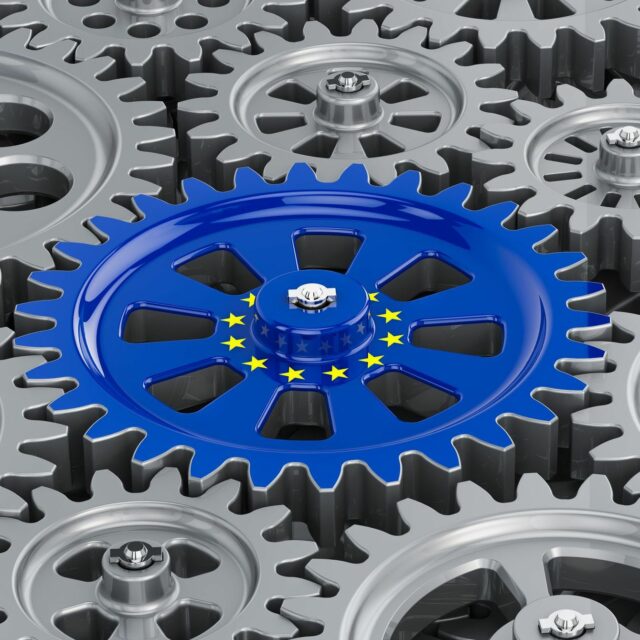The Lockdown Weighted inflation CPILW for November 2020
This blog is written by NIESR Fellow Huw Dixon. Any opinions expressed in the paper are those of the author, and do not necessarily reflect the views of the Institute
Summary
The CPILW fell slightly from 0.9% in October to 0.7% in November. The CPIH measure of inflation also decreased from 0.9% in October 2020 to 0.6% in November. Both measures indicate a fall in inflation in November.

This blog is written by NIESR Fellow Huw Dixon. Any opinions expressed in the paper are those of the author, and do not necessarily reflect the views of the Institute
Summary
The CPILW fell slightly from 0.9% in October to 0.7% in November. The CPIH measure of inflation also decreased from 0.9% in October 2020 to 0.6% in November. Both measures indicate a fall in inflation in November.
The gap between the official measure using pre-pandemic expenditure weights and the measure using Lockdown weights increased slightly to 0.1% in November from October when they were almost equal.
Main Text
The CPILW fell slightly from 0.9% in October to 0.7% in November. The CPIH measure of inflation also decreased from 0.9% in October 2020 to 0.6% in November. Both measures indicate a small fall in inflation in November. However, the fall was more marked for CPIH indicating that the official inflation measure of CPIH is understating inflation slightly compared to the lockdown weighted measure.
One of the main drivers reducing both CPIH and CPILW for November is the fall in food prices. The current index of prices for Food and Non-Alcoholic beverages is at its lowest level since October 2019, with annual inflation for this category at -0.5% and month on month -2.7%. Clothing and Footwear have also shown a big fall in prices over the year (-3.6%) as well as month on month (-2.6%). Clothing and footwear has a larger impact on CPIH than CPILW which has lead to a greater reduction in CPIH relative to CPILW, which is the main reason why inflation fell more sharply for CPIH.
Since April 2020, the CPIH inflation figures have been constructed using the new methodology outlined ONS 2020 for dealing with the effects of the coronavirus. As discussed in Dixon NIESR Blog 8th May, this fails to adequately take into account the changes in expenditure shares during the Lockdown. Dixon (NIESR policy paper 16, April 22nd 2020) proposed a trial statistic CPILW to measure inflation using guesstimates of the Lockdown expenditure weights. Since then the ONS has published its best estimates of expenditure weights in the second quarter of 2020 (ONS August 2020) and the guesstimates of CPILW were in the main consistent with these. The comparison with the ONS Q2 and the LW weights are discussed in detail in my Blog of 26th October. The corresponding inflation measure using the ONS Q2 weights is CPIONS.
Below we can see the three measures over the whole period January to November 2020. From March to April, CPIONS is above but close to CPIH. However, from August onwards CPIONS is in between but closer to CPILW. In October CPIONS and CPILW are almost exactly equal, being just under 0.95%. In November, CPIONS has fallen more than CPILW, bringing it closer to CPIH.
Changing expenditure shares can increase or decrease measured inflation, depending on how the different inflation rates for each type of expenditure behave. As time passes, we will see better measures to capture how expenditure is changing with the pandemic and this will help us to interpret the official inflation figures. Clearly, as restrictions have increased across the UK since mid-October, we can expect the Lockdown weights to become more relevant again for the closing months of 2020 and better able to capture the underlying inflation.
Further Reading:
ONS Corona Virus and the effect on UK Prices. May 5th 2020. https://www.ons.gov.uk/economy/inflationandpriceindices/articles/coronavirusandtheeffectsonukprices/2020-05-06)
Huw Dixon, How can we measure consumer price inflation in a lockdown? Economics Observatory (May 25th 2020).
ONS. Re-weighted consumer prices basket – adjusting for consumption changes during lockdown: July 2020. (August 19th 2020)



















